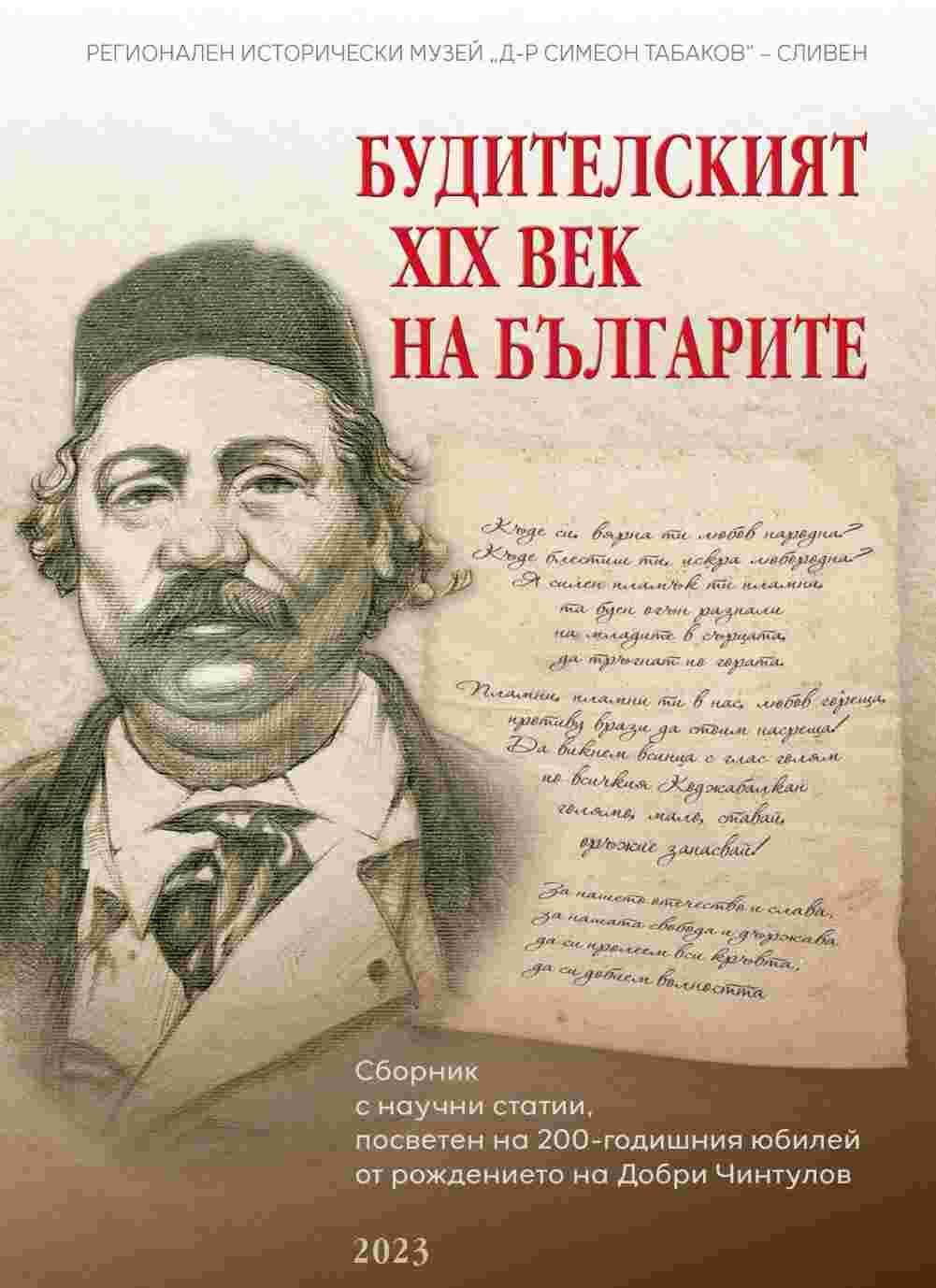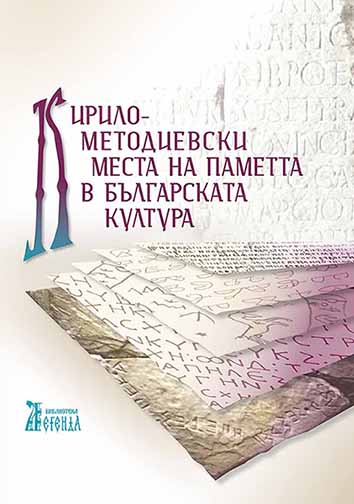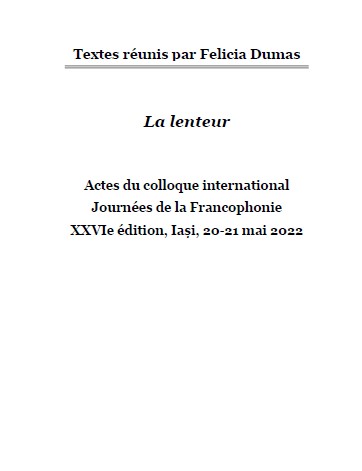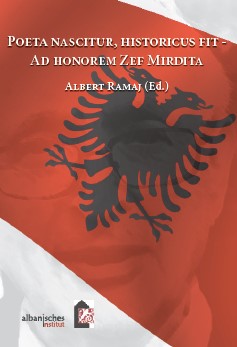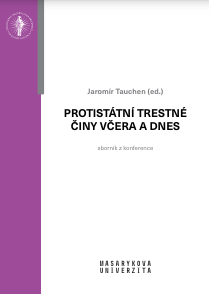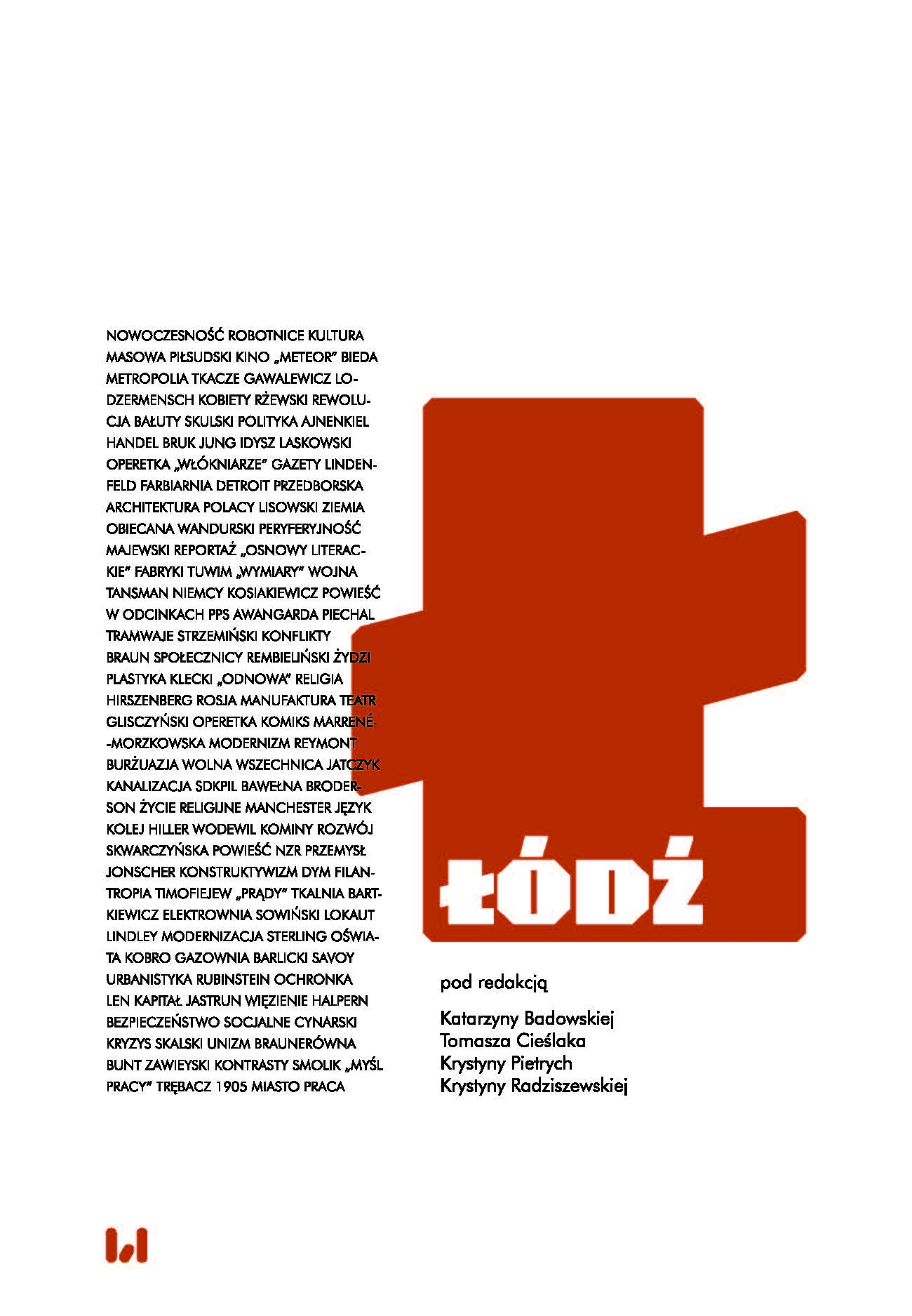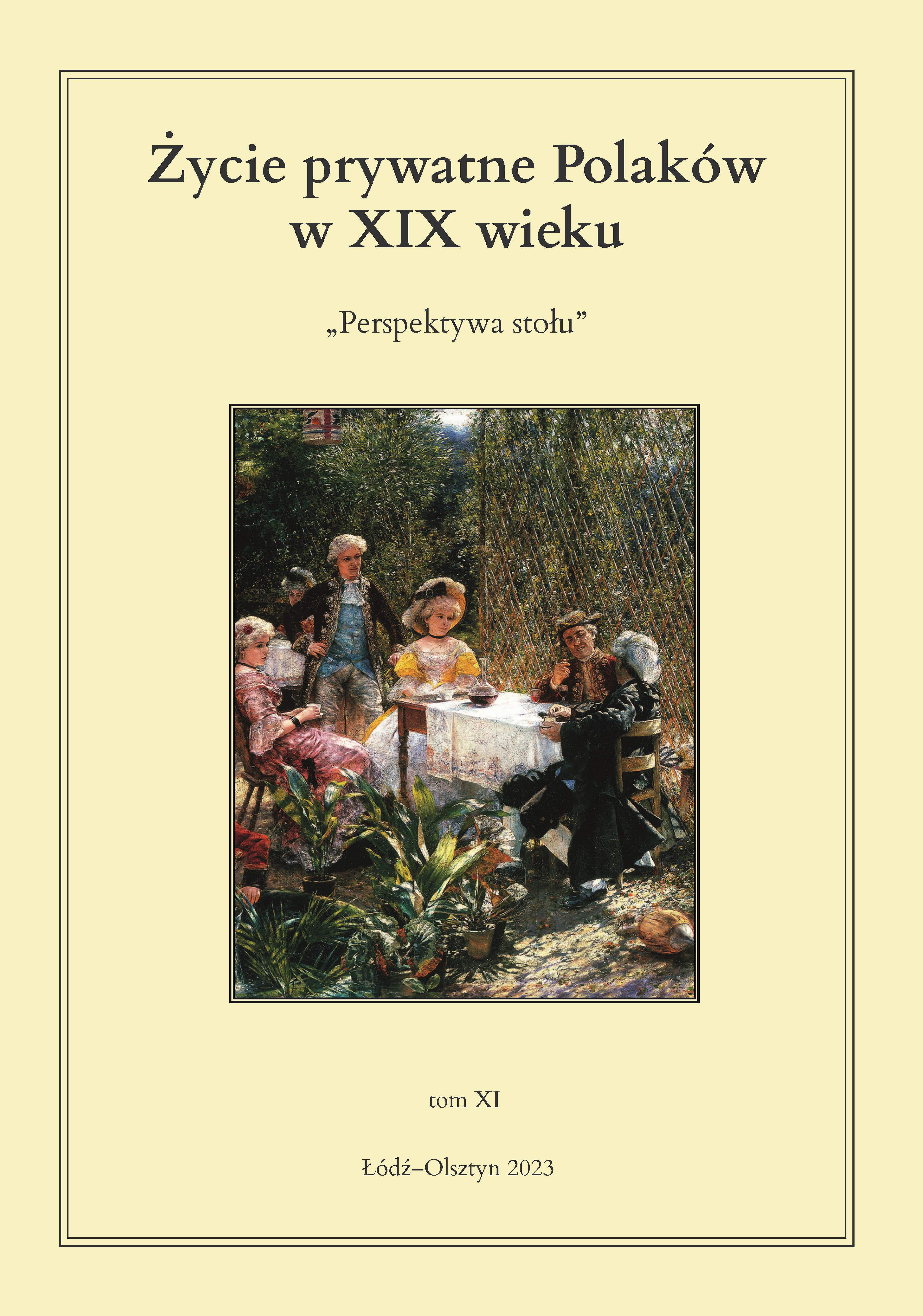
Pożywienie i jego wpływ na stan zdrowia mieszkańców Mazowsza Północnego w drugiej połowie XIX i na początku XX wieku
The type and quality of consumed food has always had an impact on human health. The aim of the article is to analyze the products consumed by particular social groups in Northern Mazovia and to assess the impact of diet on health. The article describes the food products consumed by the inhabitants of Northern Mazovia. This analysis showed insufficient value of nutrients in the diet, irregular meals and the dominance of plant-based products over animal products. The above-mentioned factors negatively influenced the general health of the inhabitants of Northern Mazovia. Malnutrition of the inhabitants of Northern Mazovia should be perceived as a social problem with health, demographic and economic repercussions. The article is therefore an attempt to assess the impact of nutrition on the health condition of the inhabitants of Northern Mazovia.
More...
